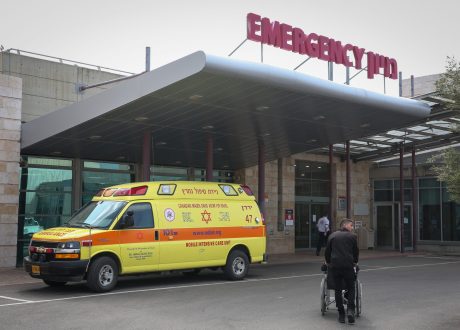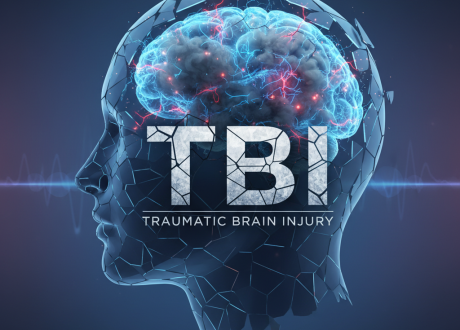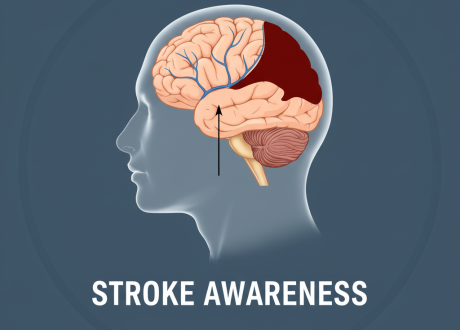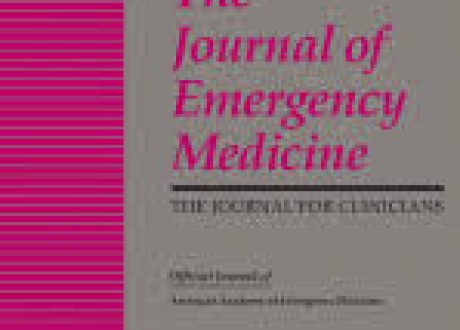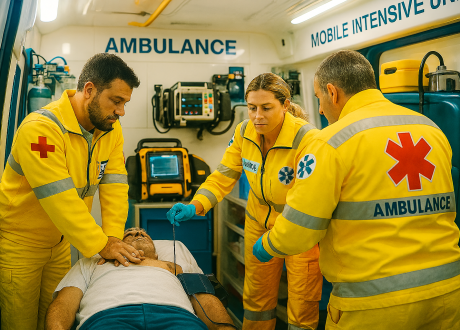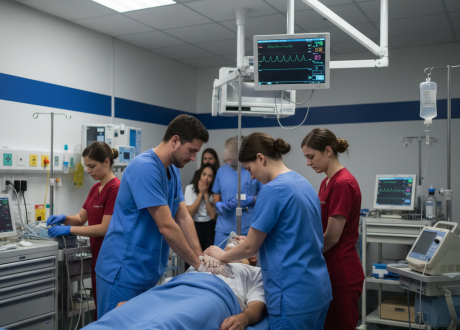March 7, 2024
Written by Sam Parnell
![]()
This study demonstrated that patients 65 years and older with blunt head trauma are at high risk of significant traumatic brain injuries and poor outcomes even with low-risk mechanisms of injury such as ground level falls and no other high-risk criteria besides advanced age. These findings suggest routine head CT imaging may be helpful for elderly patients with head trauma as clinical assessment may not identify patients with significant pathology.
≥ 65-Years-Old + Head Trauma = Donut of Truth
This was a secondary analysis of 3,659 patients ≥ 65 years old enrolled in the NEXUS Head Computed Tomography validation study who received a head CT in the ED for blunt head trauma. Overall, 500 (13.7%) elderly patients had evidence of injury on CT imaging, including 325 (8.9%) patients who had significant intracranial injuries and 177 (4.8%) patients who required neurosurgical intervention. Serious traumatic brain injuries (TBI) were more common for elderly patients compared to younger adults (8.9% vs 5.4%). Furthermore, occult presentations where patients displayed no other high-risk features besides advanced age occurred in 14.8% of elderly patients with significant injuries based on NEXUS criteria and 20.9% based on Canadian CT Head criteria. Alarmingly, physicians exhibited a dismal sensitivity of 31% (95% CI 21.5% to 41.9%) for detecting signs of skull fracture on exam.
Ground-level falls were the most common mechanism of injury for all elderly patients (2,211; 69.6%), for those with significant TBI (180; 55.7%), and for those who died of their injuries (37; 46.3%). However, the highest mortality rates were associated with falls from ladders (11.8%) and automobile vs pedestrian accidents (10.7%).tandard of care.
Source
Blunt Head Injury in the Elderly: Analysis of the NEXUS II Injury Cohort. Ann Emerg Med. 2024 Feb 9:S0196-0644(24)00003-9. doi: 10.1016/j.annemergmed.2024.01.003. Online ahead of print.


